Science Visualized
-
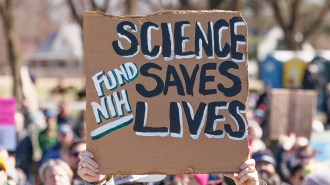 Science & Society
Science & SocietySee the alarming extent of NIH and NSF funding cuts in 2025
In 2025, the Trump administration froze or ended about 5,300 NIH and NSF research grants totaling over $5 billion in unspent funds, a decision that reshaped many fields of science.
-
 Life
LifeA rice weevil frozen in flight won the 2025 Nikon Small World photo contest
From fluorescent ferns to sprawling neurons, this year’s winning photos reveal the structures and artistry of life seen through a microscope.
By Carly Kay - Astronomy
See a 3-D map of stellar nurseries based on data from the Gaia telescope
The map, spanning 4,000 light-years from the sun in all directions, combines a chart of space dust with the effects of a rare type of young, hot star.
- Environment
See how aerosols loft through Earth’s sky
Aerosols, small particles in the atmosphere like salt and dust, may offset a third of human-caused climate warming, though their influence is fading.
By Nikk Ogasa -
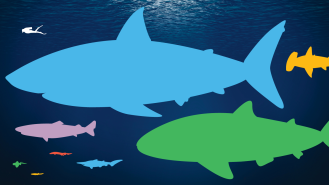 Animals
AnimalsCompare shark sizes on our infographic
As Jaws celebrates its 50th anniversary, Science News explores the vast range of shark sizes, from megaladon to the dwarf lanternshark.
-
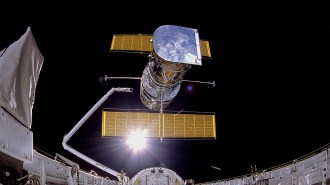 Space
SpaceSee how the Hubble Space Telescope is still revolutionizing astronomy
Hubble is still going strong 35 years after it was launched into space. Celebrate its anniversary with some out-of-this-world images.
-
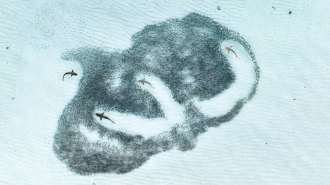 Animals
AnimalsThis bird’s eye view of a shark hunt won a photo contest
A snapshot of blacktip reef sharks hunting hardyhead silverside fish won the 2024 Royal Society Publishing Photography Competition.
-
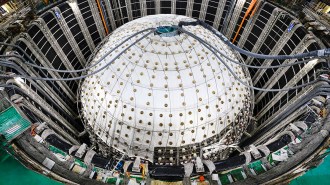 Particle Physics
Particle PhysicsA major new neutrino experiment is nearing completion
The JUNO experiment, which will study the ways of the electrically neutral subatomic particles, will be the largest of its kind.
-
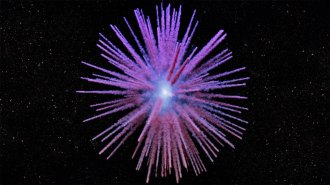 Astronomy
AstronomyA zombie star’s spiky filaments shed light on a 12th century supernova
A 3-D map of the strange remains of a supernova seen in 1181 traces the odd tendrils of gas that jut out for several light-years in all directions.
-
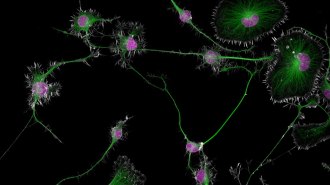 Life
LifeHere are some stellar picks from Nikon’s top microscopy images of 2024
The annual Small World photomicrography competition, now in its 50th year, puts life’s smallest details under the microscope.
-
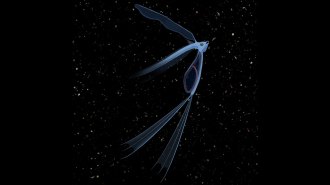 Paleontology
PaleontologyDespite new clues, this ancient fish has stumped scientists for centuries
The 50-million-year-old Pegasus volans isn't closely related to seamoths or oarfish, like some researchers have suggested. But what is it?
-
 Math
MathThis intricate maze connects the dots on quasicrystal surfaces
The winding loop touches every point without crossing itself and could help make a unique class of atomic structures more efficient catalysts, scientists say.
By Skyler Ware